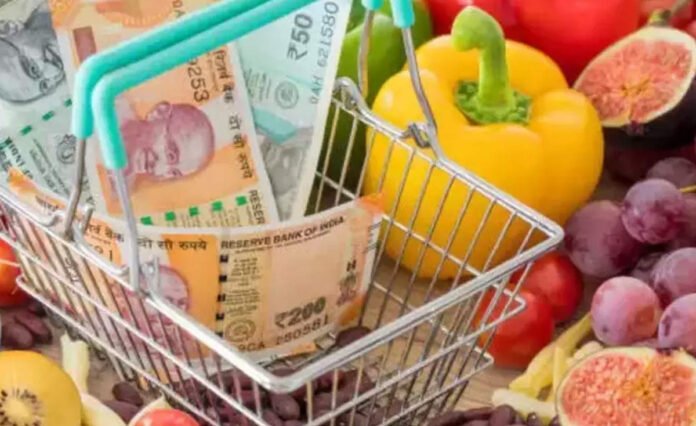In a striking forecast that challenges current expectations, the State Bank of India (SBI) has projected that India’s Consumer Price Index (CPI) inflation for fiscal year 2025-26 will average 2.2 per cent, placing it significantly below the Reserve Bank of India’s revised estimate of 2.6 per cent.
According to the SBI’s outlook, several favourable domestic conditions are contributing to the anticipated soft inflation. These include a robust monsoon season, an increase in kharif crop sowing, healthy reservoir levels, ample food grain stocks, and the recent rationalisation of Goods and Services Tax (GST) rates.
Our correspondent reports that SBI’s position underscores the conviction that inflationary pressures will remain subdued throughout the year, allowing policymakers room for potential easing of monetary policy if required.
The RBI had earlier trimmed its CPI inflation forecast for FY26 by 50 basis points—from 3.1 per cent down to 2.6 per cent—citing similar structural and seasonal strength in supply and logistics. The SBI’s projection takes a more optimistic view, expecting inflation to undershoot even the central bank’s reduced estimate.
The bank’s report suggests that benign trends in food prices, particularly in perishables, along with structural reforms such as GST rationalisation, may help contain price pressures more effectively than anticipated. SBI argued that its forecast reflects real-time developments rather than model-based projections.
Our correspondent adds that SBI has also inferred possible implications for monetary policy. With inflation projected to stay low, the report hints at scope for further rate cuts by the RBI, though the timing and scale would depend on growth signals and external risks.
Economic analysts have welcomed the SBI projection, calling it a positive signal for consumers and businesses alike. However, many caution that global factors—such as energy prices, supply chain disruptions, and external inflationary shocks—could upset the delicate balance.
Additionally, while headline CPI is expected to remain soft, concerns persist about core inflation, especially in sectors such as housing, healthcare, and transportation. The SBI report acknowledges these risks but expresses confidence that policy calibration and structural buffers can manage potential upside surprises.
The projection comes at a time when recent data show inflation trends already heading downward. In September, for instance, India’s retail inflation rate had fallen to 1.54 per cent, marking the lowest level in years and well below expectations—largely driven by a decline in food price inflation and GST rate cuts.
Our correspondent notes that the SBI forecast may embolden calls for accommodative policy moves from the Reserve Bank, particularly if growth indicators remain soft or downturn risks rise. The report emphasises that communication from the RBI will be crucial in managing expectations and maintaining macroeconomic stability.
In sum, SBI’s projection of 2.2 per cent inflation for FY26, if realised, would represent a notable moderation in price pressures and could influence the central bank’s future policy direction. Whether domestic and global conditions cooperate to validate these optimistic assumptions will be closely watched by markets, analysts, and policymakers alike.


























